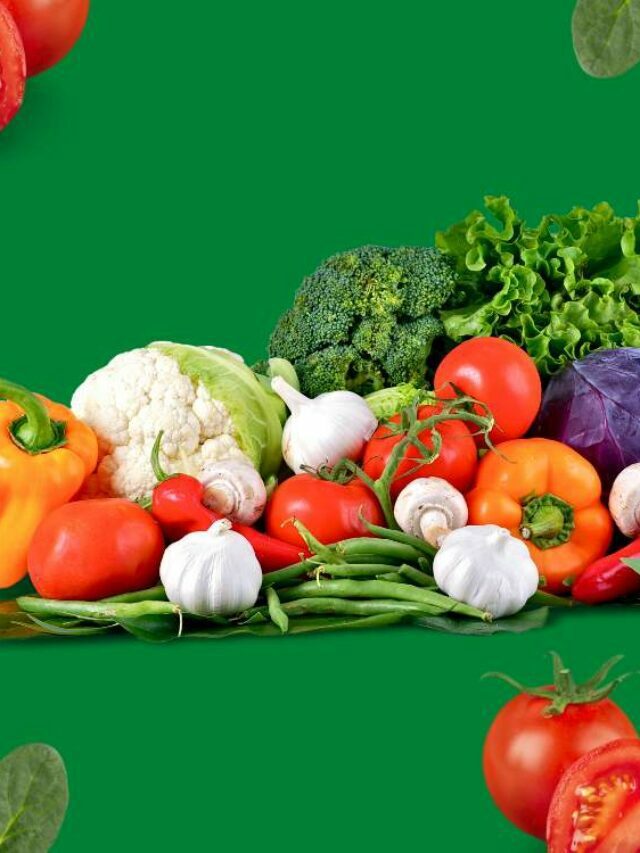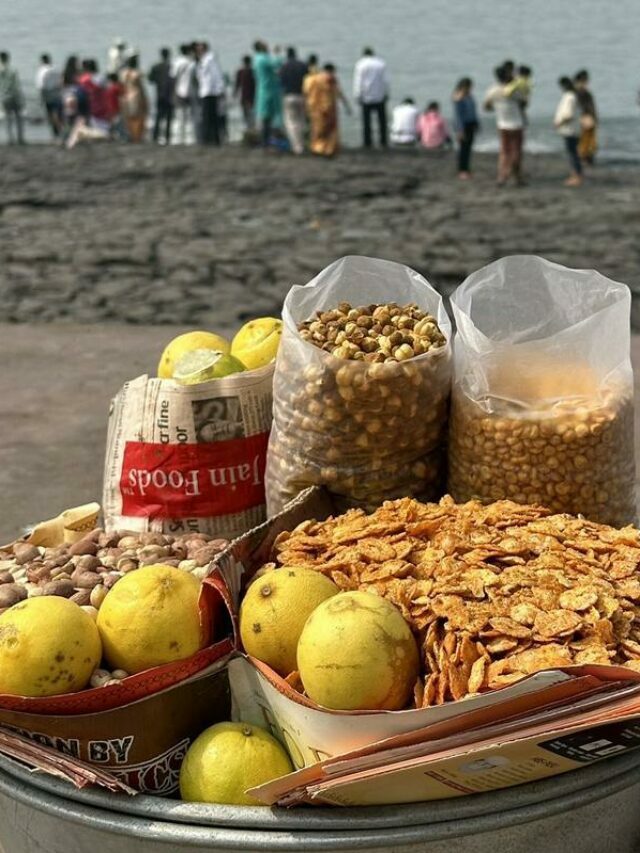India has been praised throughout the world for taking decisive measures through lockdown to slow the spread of coronavirus outbreak. The move was bound to have economic repercussions. The World Bank on Sunday just confirmed that the coronavirus outbreak has severely disrupted the Indian economy, magnifying pre-existing risks to its outlook.
In its South Asia Economic Update: Impact of COVID-19, the World Bank estimated the Indian economy to decelerate to 5 percent in 2020 and projected a sharp growth deceleration in fiscal 2021 to 2.8 percent in a baseline scenario.
A revival in domestic investment is likely to be delayed as the current pandemic is impacting the whole world. Most countries are looking to revive their economies and employment outlook.
India’s outlook is not good, at least in short-run
The COVID-19 outbreak came at a time when India’s economy was already slowing due to persistent financial sector weaknesses, the report said
Growth is expected to rebound to 5.0 percent in fiscal 2022 as the impact of COVID-19 dissipates, and fiscal and monetary policy support pays off with a lag, the report said.
In a conference call with reporters, World Bank Chief Economist for South Asia Hans Timmer said India’s outlook is not good.
And if the domestic lockdown is prolonged, then the economic result can be much worse than what the World Bank has in its baseline range of forecasts.
Among the steps that India can take to address this challenge, Timmer said the first step is to focus on mitigating the spread of the disease and to make sure that everybody has food.
The World Bank is working with India to mitigate the challenge posed by COVID-19. It has approved USD1 billion to India, of which the first tranche has already been released to deal with the emergency in the health care sector.
The first cut of funding aims at delivering civilian diagnostic equipment, put in place additional capacity to deal with testing and make testing available that benefits the entire population, said World Bank Vice President for South Asia Hartwig Schafer.
The World Bank is also working with India on two additional operations, which is anticipated to be ready in a matter of weeks.
Gains made in poverty alleviation in South Asia may be wiped out
The global coronavirus pandemic tremendously hit South Asia and the significant gains made in poverty alleviation in the region are likely to be wiped out due to the impact of the deadly disease, the World Bank warned on Sunday.
In its twice-a-year regional update, the bank said that South Asian governments must ramp up action to curb the health emergency, protect their people, especially the poorest and most vulnerable, and set the stage for fast economic recovery.
The latest report ‘South Asia Economic Focus’ anticipates a sharp economic slump in each of the region’s eight countries, caused by halting economic activity, collapsing trade, and greater stress in the financial and banking sectors.
In this fast-changing and uncertain context, the report for the first time presents a range of the forecast, estimating that regional growth will fall to a range between 1.8 and 2.8 percent in 2020, down from 6.3 percent projected six months ago.
That would be the region’s worst performance in the last 40 years, with temporary contractions in all South Asian countries.
In case of prolonged and broad national lockdowns, the report warns of a worst-case scenario in which the entire region would experience a negative growth rate this year.
This deteriorated forecast will linger in 2021, with growth projected to hover between 3.1 and 4.0 per cent, down from the previous 6.7 per cent estimate, it said.
Maldives is expected to be the worst hit along with Afghanistan, Pakistan and Sri Lanka, wherein the full range of forecast is in negative territory, said Hans Timmer, World Bank Chief Economist for the South Asia Region.
The other countries are likely experiencing short term recessions, but the fiscal year growth numbers could be seen positive, he added.
“The priority for all South Asian governments is to contain the virus spread and protect their people, especially the poorest who face considerable worse health and economic outcomes,” said Hartwig Schafer, World Bank Vice President for the South Asia Region.
“The Covid-19 crisis is also an urgent call-to-action moment to pursue innovative policies and jumpstart South Asian economies once the crisis is over. Failure to do so can lead to long-term growth disruptions and reverse hard-won progress in reducing poverty,” he said.
According to the report, the impact of the pandemic will hit hard low-income people, especially informal workers in the hospitality, retail trade, and transport sectors who have limited or no access to healthcare or social safety nets.
The report notes that the Covid-19 shock will likely reinforce inequality in South Asia.
While there are no signs yet of widespread food shortages, the report warns that a protracted Covid-19 crisis may threaten food security, especially for the most vulnerable.
In the short term, the report recommends preparing weak healthcare systems for greater Covid-19 impacts, as well as providing safety nets and securing access to food, medical supplies, and necessities for the most vulnerable.
Once lockdown restrictions are loosened, South Asian governments should adopt expansionary fiscal policies combined with monetary stimulus to keep credit flowing in their economies, it said.
Since many South Asian countries have limited fiscal space, these policies should target people worst hit by the freeze on economic activity, it said.
The report urges governments to adopt temporary spending measures and coordinate with international financial partners to avoid unsustainable long-term debt levels and fiscal deficits.






















Leave a Reply